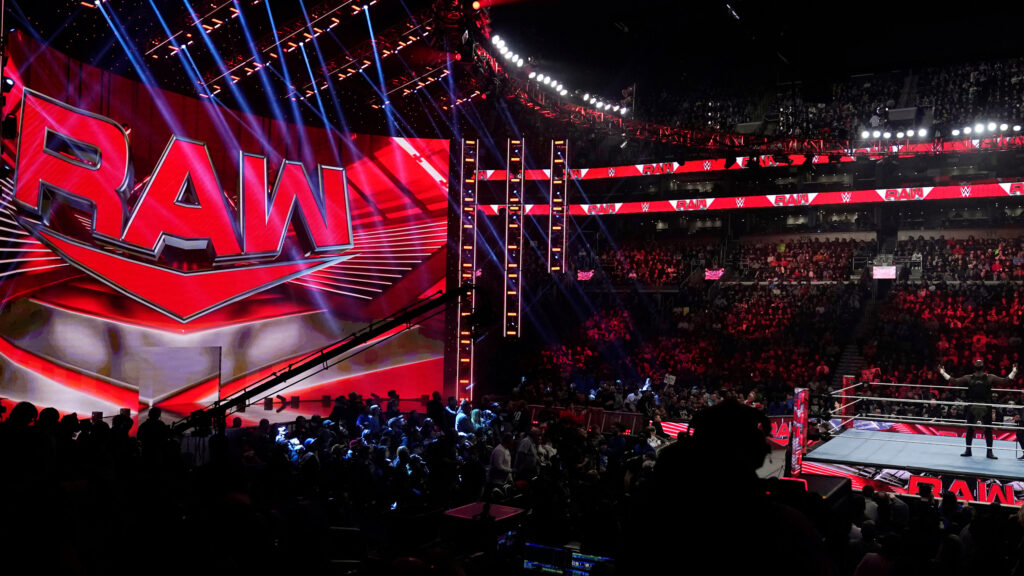Netflix goes into live sports – a one-off or a major change of strategy?
January 24, 2024
Ian Whittaker, Twice City AM Analyst of the Year pens down Netflix’s latest decision of diving into the world of live sports.
This week Netflix signed a 10-year deal to become the new home of the hit wrestling show “WWE Raw” in a $5 billion deal. The deal sees Netflix gain the streaming rights in the US, UK, Latin America, and Canada, with the option to include more countries as existing deals expire. It will also gain access to other content (e.g. “Smackdown”, “WrestleMania”) as well as the right to make documentaries. In all, Netflix gains more than 150 hours of content off the back of the deal. All this represents what seems like a major departure in strategy for Netflix when it comes to sports. The question is whether this marks a major turning point or a one-off.
Netflix has been the one major streamer that seemed to stand aloof from the rush into sports rights. While it had dipped its toe in the ponds of sports documentaries on football and Formula One, it had held off from pursuing major US sporting rights, as Amazon, Apple and Google / YouTube had all done. In Europe, Netflix is so far from being seen as interested in live sports that its name is hardly mentioned when major sporting deals are up for auction. Previous comments from the company have not suggested an urgent rush to get into major rights.
So, to go back to the question, is this a major change in strategy? Netflix is clearly serious in its intentions. $5 billion is not small change and, while Netflix has an opt-out clause after five years, it has another option to extend the deal by a further ten years if it wants. This is not the move of someone who sees live sports as an interesting experiment.
Yet, on its conference call, Netflix made clear that it is not interested in bidding for other major live sports rights and made the point that WWE’s ‘scripted’ content fitted in with Netflix’s type of content. That, of course, matches Netflix’s actions where they have not made any serious efforts (yet) to bag other major US sports rights such as NFL, Ice Hockey, Basketball or Baseball.
Therein may lie one clue to the answer to its future intentions when it comes to sports, and which backs up management’s comments on the call. All the major sports rights have attracted bids from the major Tech players who have far deeper pockets than Netflix when it comes to making such long-dated commitments. While wrestling rights have increased in value (NBCU’s USA Network apparently paid 40% more than previous owner Fox for the rights to WWE’s ‘Smackdown’), they are nowhere near the value received by such major sports (the NFL reportedly received more than $100 billion for its 2023-2033 deals). Netflix looks to be competing where it can.
So why has Netflix gone into WWE? The obvious logic is the deal will help it to attract subscribers and possibly reduce churn. Here there might be two reasons why the WWE deal would stand out.
The first is that sports such as WWE skew on a younger demographic than the more traditional US sports and so Netflix is attempting to win over these audiences. That sounds sensible but we should not forget that (audience-wise), WWE is still a relatively niche provider.
The second is that it is looking to attract extra advertising money by (presumably) boosting its ad-supported option. The thinking here may be that more (generally) price sensitive younger customers will go for the ad funded option and so boost Netflix can boist its ad customer numbers. Netflix disclosed earlier this month it had 23 million customers worldwide who take its ad-funded product. In its earnings release, it stated 40% of all new customers took the ad-funded option although no absolute number was given (we do not know Netflix’s churn rate so cannot work out its gross additions, on which such a comment would be based). However, when their likely share of viewing is considered, it is unlikely Netflix is making a major dent in the US TV advertising market. This deal could (incrementally) help change that.
That points to this deal then not so much being Netflix looking to take a large chunk of US television advertising spending any time soon but more that this is a relatively low-risk way of testing the appetite amongst its customers for sports while sending out a signal to major US sports rights holders that its previous lack of spending is not ideological. Netflix’s comments about not bidding for other sports rights seem categorical but this feels like one of those ‘it’s not a problem until a problem’ situations. Netflix looks to be given itself enough wriggle room to head into sports if it needs to but for now, this does not look like a headlong charge into sports.
As usual, this is not investment advice.



